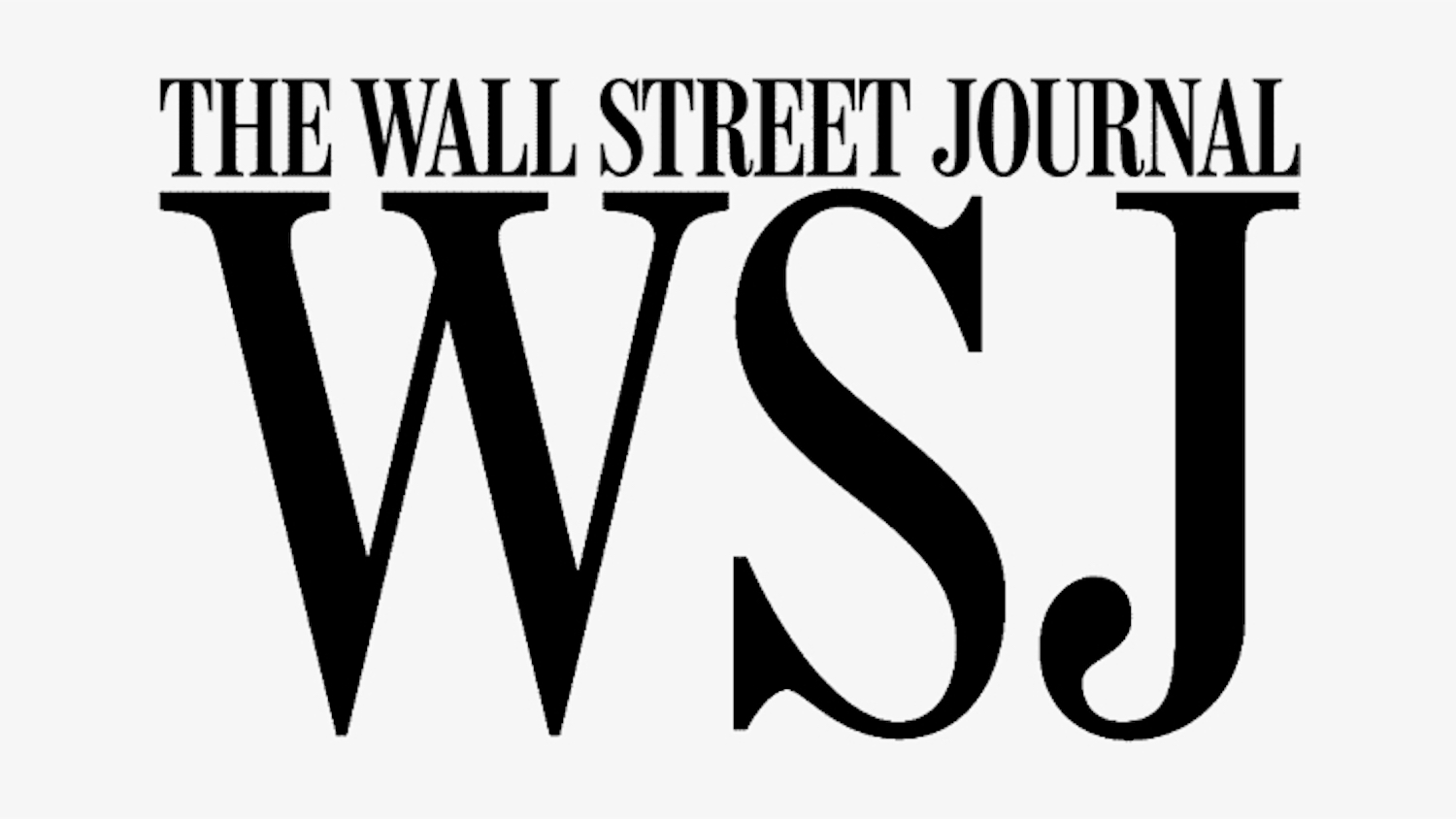Five Upcoming Trends and Shifts in Supply Chain

COVID-19 has caused countless disruptions throughout the supply chain world, causing production to shift — or, in some cases, stop completely — for companies across the globe.
And while supply chain practices are always evolving, these recent events have forced companies to stop and re-evaluate their priorities.
To help provide some perspective on what successful companies are likely to start focusing on as a result, five supply chain experts from the NC State community shared insights on the trends and topics they foresee rising in prominence in the coming months.
1. Revisiting lean strategies.
Betty Minton, a consultant and executive advisor for the Supply Chain Resource Cooperative (SCRC), witnessed the tension and challenges of supply and demand every day during quarantine, working with clients on the logistics side of cold chains and evaluating problems with capacity management.
“I think it’s time to relook at our supply chains. What’s the ideal balance between being lean and stockpiling?” she says.
US companies have generally favored outsourcing production overseas, but importing goods became a challenge in 2020 when foreign manufacturers began facing restrictions on exporting.
“It’s not about bringing it all back to the U.S., but should we be holding more inventory of certain materials?” Minton poses. With the current capacity constraints and the multitude of outsourced material, a lot of the U.S.’s key capacity is held outside the country. Minton suggests companies reevaluate the strategies they’re using to determine if they are robust and able to adjust based on the external circumstances.
As she looks forward, Minton says that this is the time for innovative individuals from younger generations to enter the field and bring their unique problem-solving perspective to the table.
“The best supply chain lessons are happening right now in this pandemic. It has challenged our supply chains in every way,” she says. “It is the best time to be in [the field] for the learning and the training.”
2. Dehumanization.
With the pandemic causing more people to stay at home, the trend of machines filling positions that once had human hands all over them has only been accelerated. Regardless of the pandemic’s influence, dehumanization has been slowly progressing for years. After all, why have a person lift large boxes across a warehouse when autonomous robots can now move entire racks of boxes around, such as in Amazon’s facilities.
Don Warsing, an expert in production and inventory management and associate professor of operations and supply chain management at the Poole College of Management, says, “There will certainly be even more automation in warehousing operations and logistics moving forward.”
He reflects on his time at IBM, where there was a big push for robotics and automation. “Fast forward 30 years, and those same technologies are at work and being perfected. They continue to do more, and better than they used to,” he says.
“There are people that worry about robots taking over everybody’s jobs, but I think what most thoughtful people say about that, is that whenever technology advances in this way, it actually creates new jobs and opportunities for human beings.”
3. Dependence on global supply chains.
As mentioned before, the U.S. has historically sourced a majority of materials through global chains, and the pandemic caused tensions to arise from the resulting imbalance of supply and demand. This begs the question, do organizations have a suitable understanding of their collective supply chains and how much they’re relying on certain players they have no control over?
“What I think people did not realize [before COVID] is how dependent we are on the global supply chain and not understanding who is in that supply chain and where those linkages are,” Rob Handfield, executive director of the SCRC, says. He cites this lack of understanding as a major contributor to the disruptions that occurred throughout global supply chains over the last year.
“We need a better plan for business continuity planning, we need to have a better playbook for these kinds of things…So, I really think [the pandemic] raised a whole level of awareness around business preparedness and preparing for different kinds of risks.”
Due to this increased awareness, Handfield anticipates an increase in companies engaging in proactive preparedness as a means to combat and prevent future disruptions, including reconsidering the extent to which they are relying on global supply chains.
4. Agility and flexibility.
In the context of supply chains, agility and flexibility deal with an organization’s ability to adjust swiftly to unexpected changes in a cost-efficient manner.
This ability was promoted by Stephanie Trunzo, group vice president of transformation and offerings for Oracle, at a recent thought leadership event hosted by Poole College on how COVID influenced business decision-making in 2020. “The ability for organizations to prioritize being flexible [is essential] — building that into the cultural mentality of how rapidly you can make turns or pivots,” Trunzo said.
Trunzo runs a team called Strategy and Transformation at Oracle, where she deliberates methods for transforming client teams.
When approaching flexibility and agility for a client, she thinks about how the company is built. She asks, “Are you built for innovation? Are you built for speed? And agility? Are you wedded to a process in a way that’s going to make it difficult for you to make rapid changes?”
She says the answers to these questions reveal the inner workings and outward networks that a company relies on.
Ultimately, Trunzo suggests that companies that answer ‘No’ to these questions will need to re-evaluate a multitude of processes if they want to be able to identify the early warning signals of disruptions and respond swiftly.
Now that companies have seen the importance of agility in the wake of the disruptions caused by COVID-19, we are more than likely going to see an increase in companies prioritizing it.
5. Sustainability and longevity.
Craig Weeks, an executive practicum advisor for the SCRC, points out that, while COVID-19 and the ensuing focus on supply chain resilience is relatively unique, it’s not the first time disruptions have sparked this same trend.
“It’s not as if some of these problems [i.e. less resilient and more complex supply chains, lack of centralized planning by procurement teams, etc.] are new,” Weeks says, noting that the concept of localizing supply chains and minimizing outsourcing in response to global disruptions has happened several times before.
But what he says is concerning is that the trend always eventually reverts back to the way it was.
“Are we really going to learn our lesson this time, or is it going to be a temporary fix?” he asks. “Fool me once shame on you, fool me twice shame on me.”
At least in the short term, Weeks expects companies will begin to tighten their supply chains, meaning they will theoretically become more secure and sustainable. He also thinks that more cross-cultural collaboration and global cooperation will encourage a more sustainable outcome.
Lastly, Weeks believes that if we can take time to reflect on recent disruptions and evaluate and learn from the bumps in the road, this will help encourage a more permanent and sustainable change.
This post was originally published in Supply Chain Resource Cooperative.


